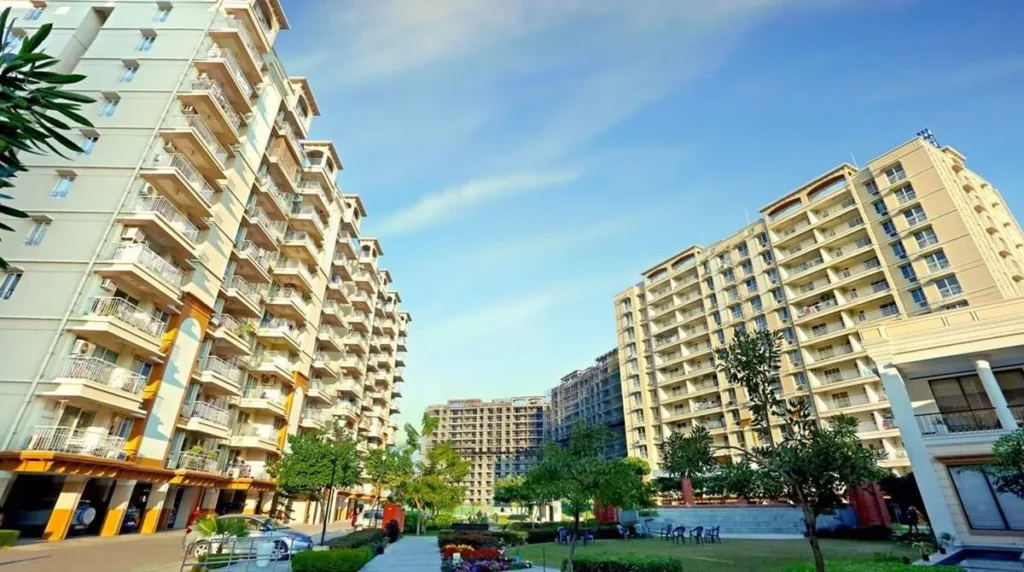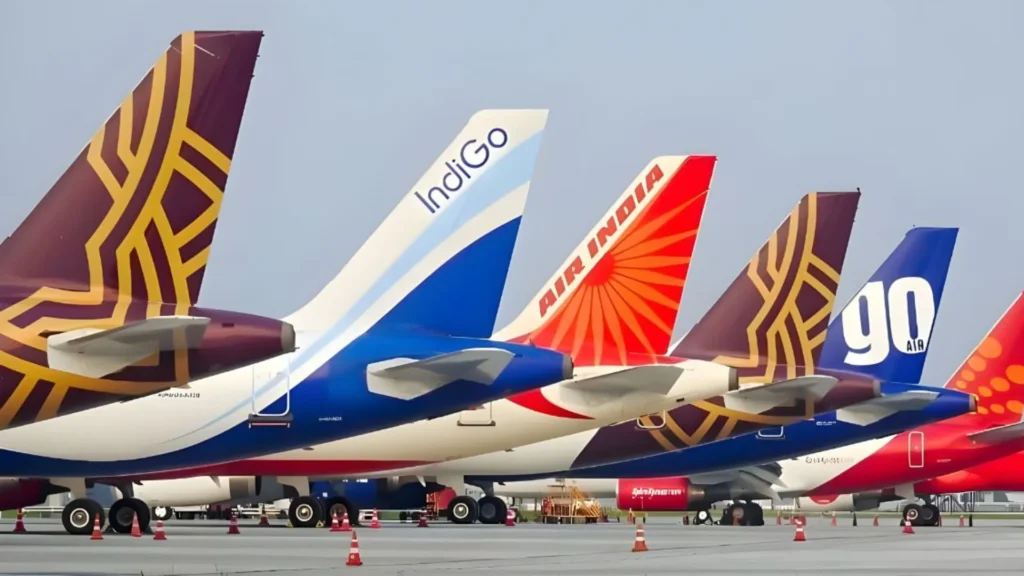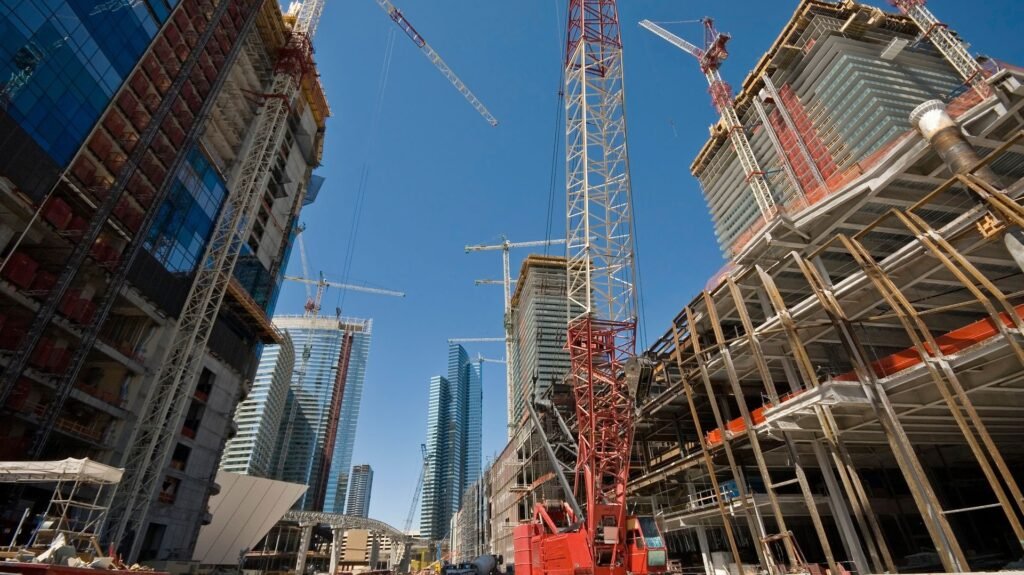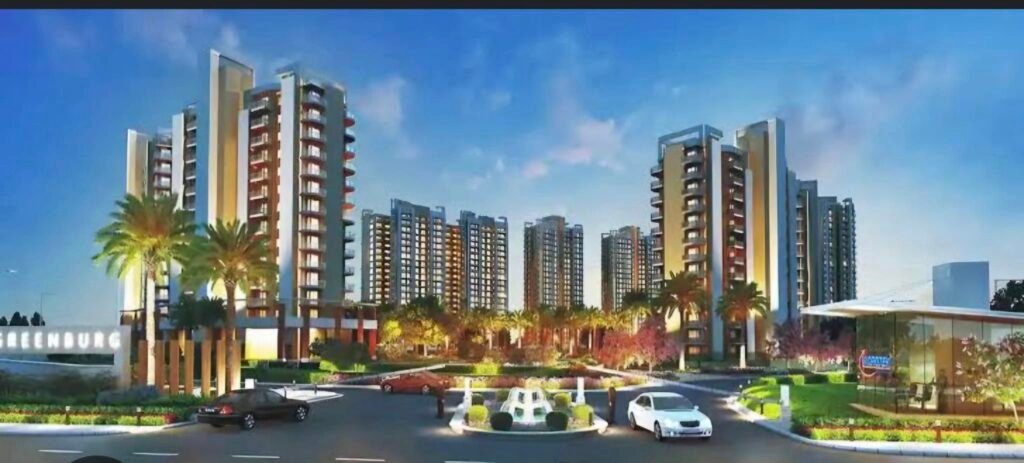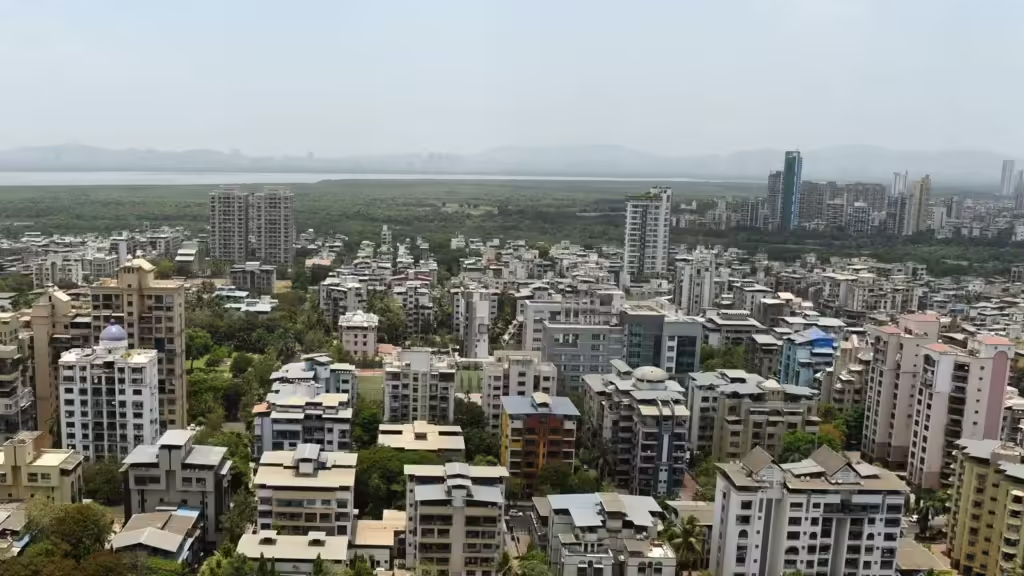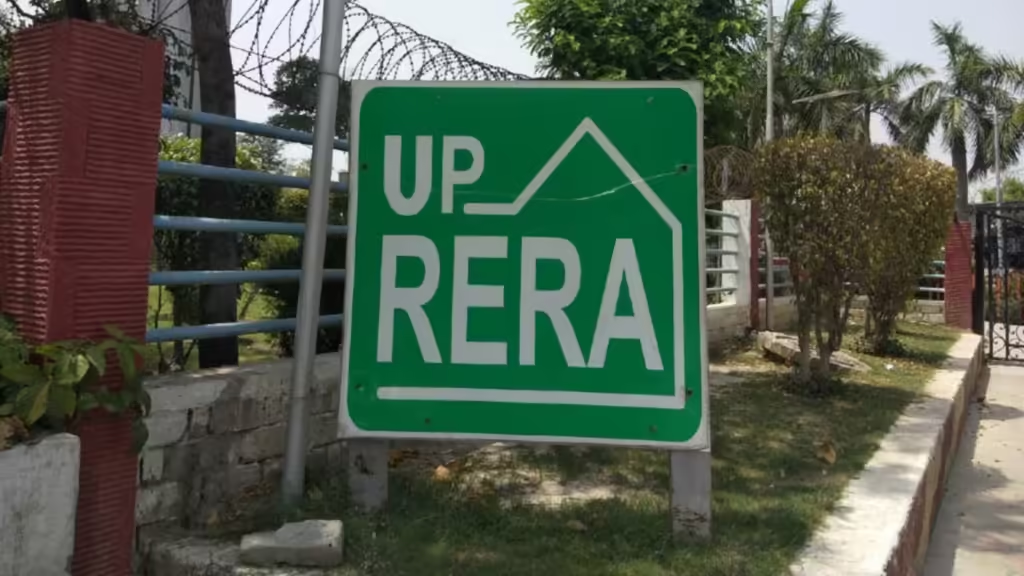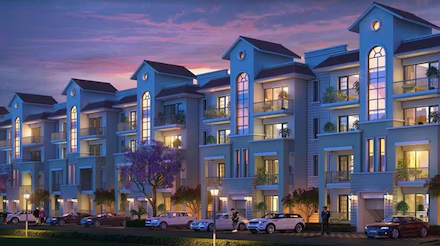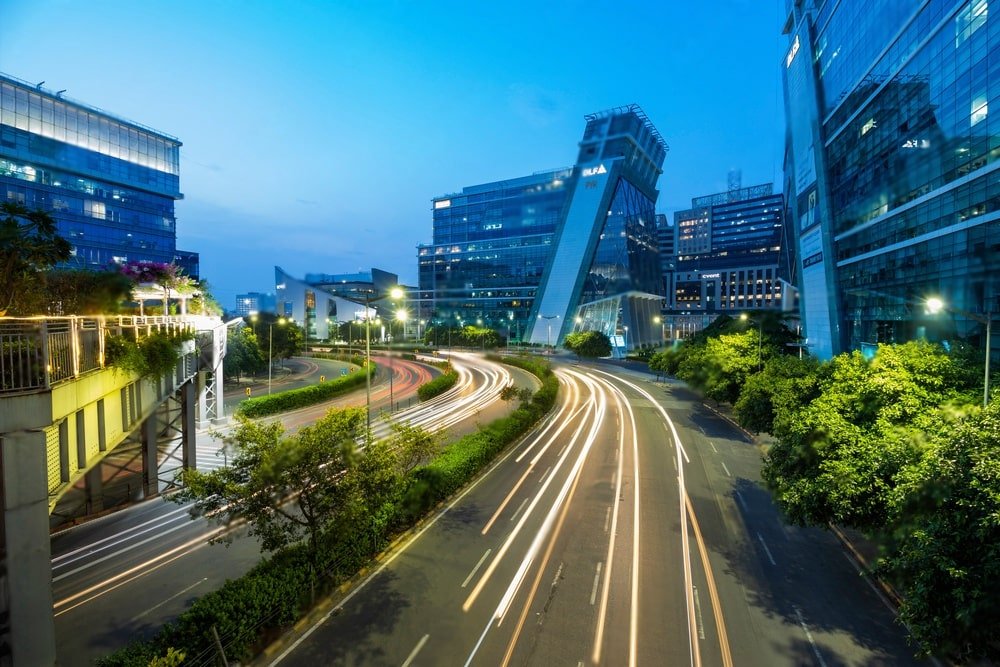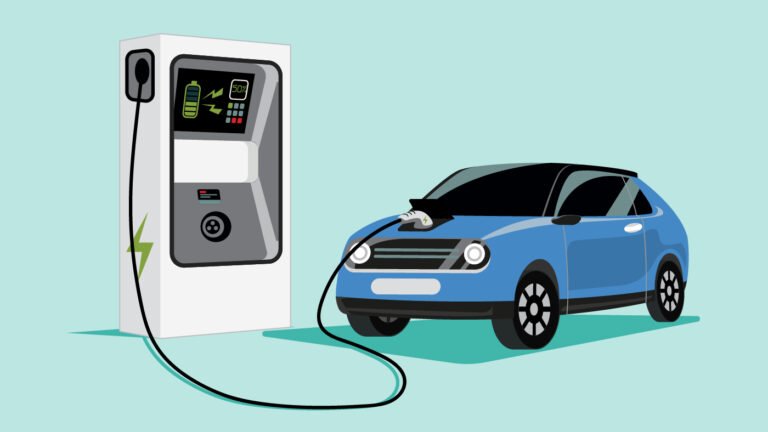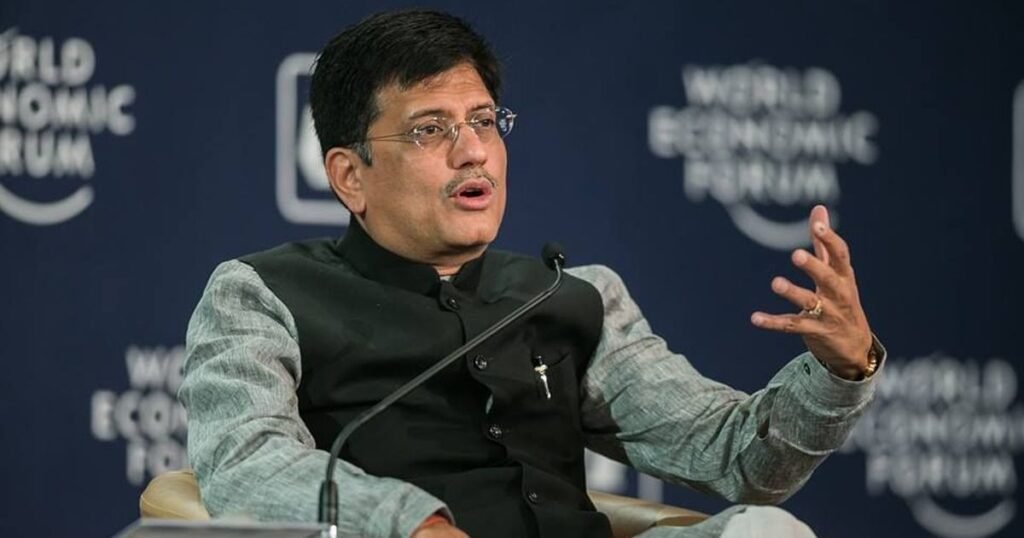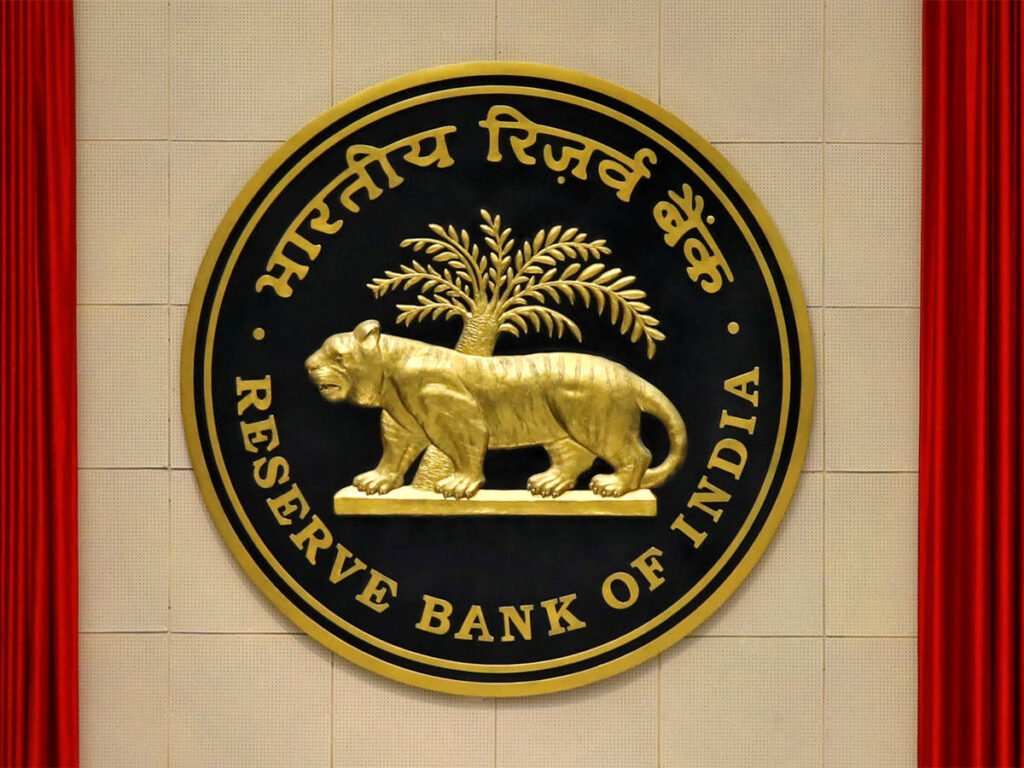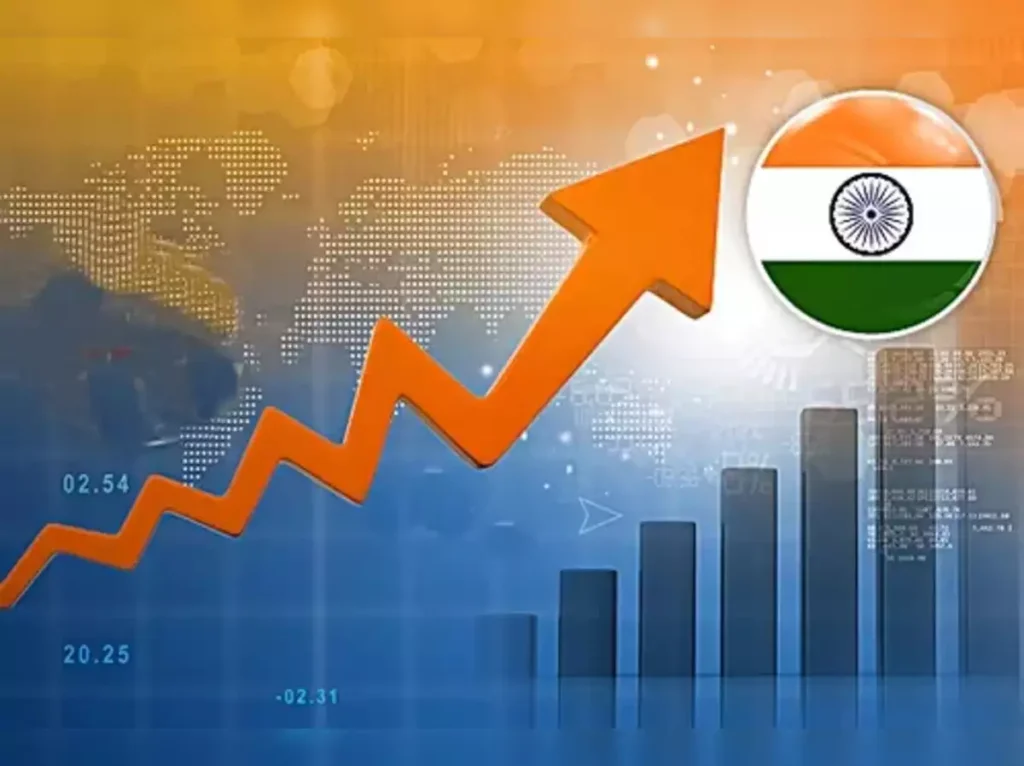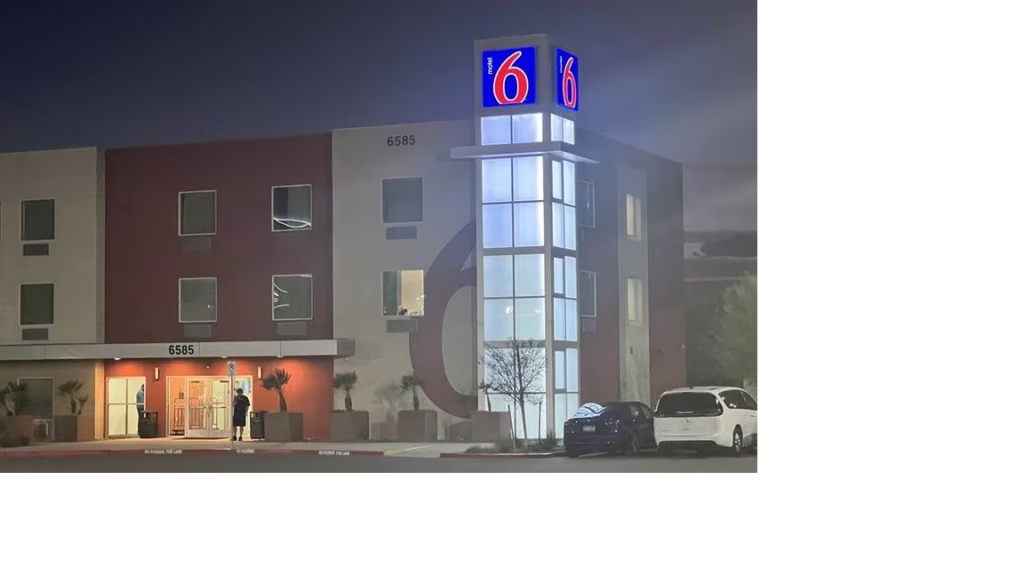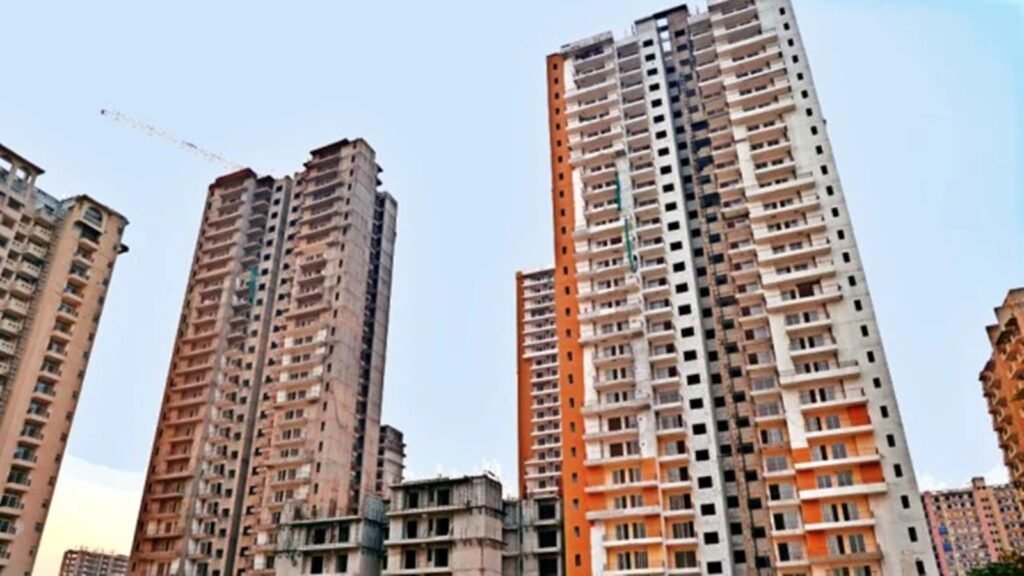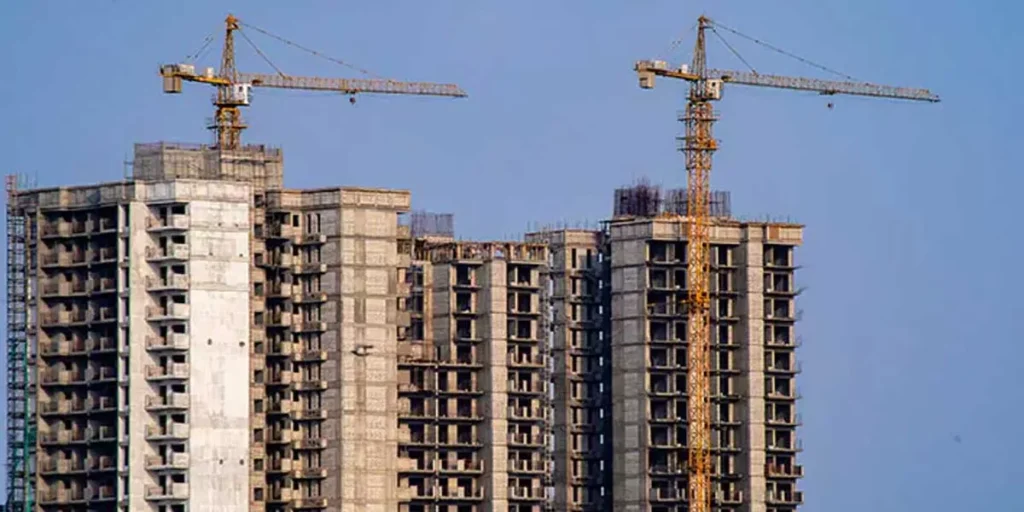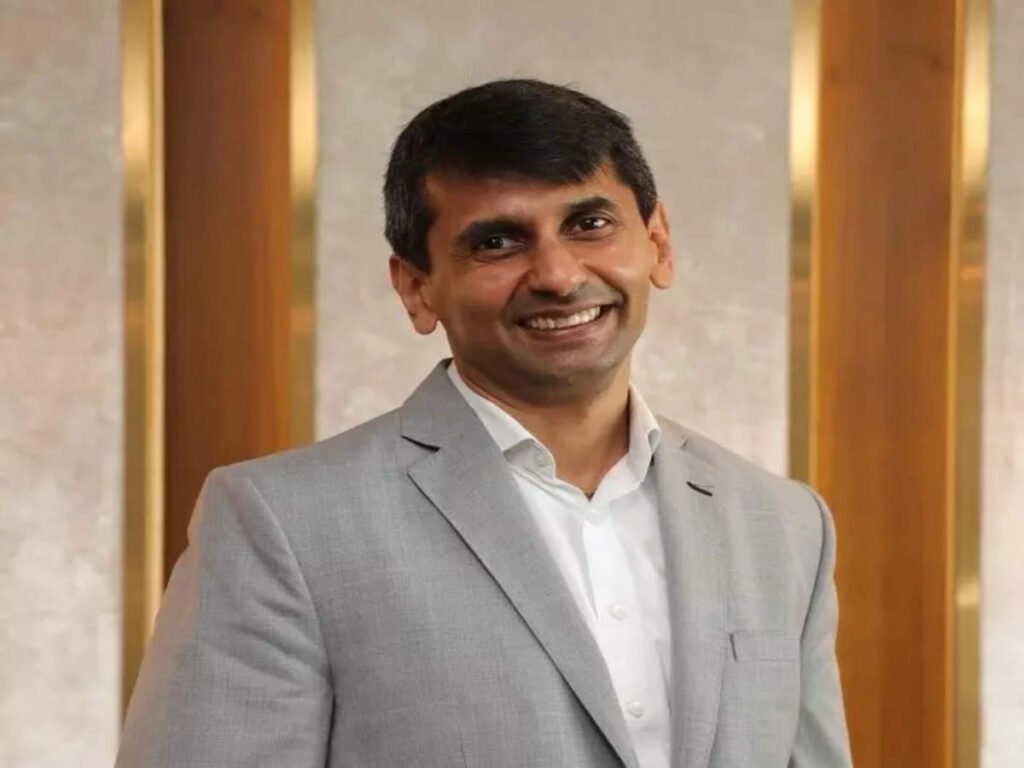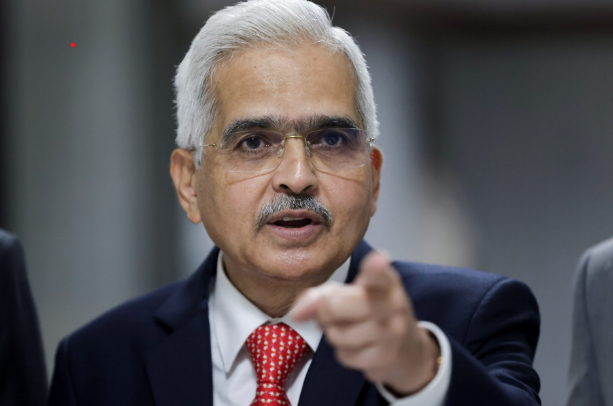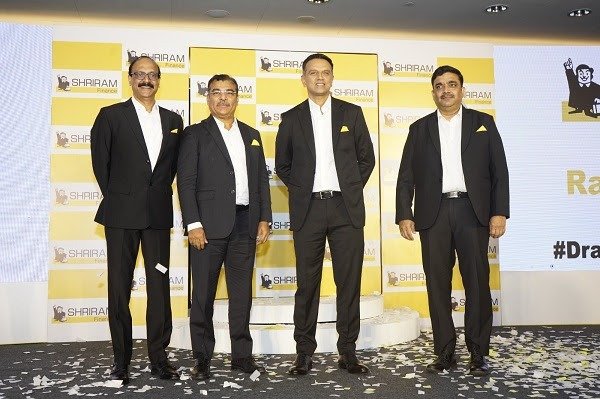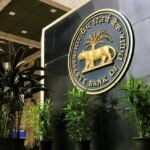Indian Automobile Market Sees 6.55% Growth, But Challenges Loom Ahead, Strong Two-Wheeler Sales

Drive Initial Gains Amidst Mixed Performance Across Segments
The Indian automobile market reported a 6.55% year-on-year growth in the first half of the current fiscal year (FY25), primarily fueled by robust retail sales in the two-wheeler segment. According to a report from the Federation of Automobile Dealers Associations (FADA) released on Monday, rural markets are anticipated to further enhance demand as the year progresses.
During the April-September period, two-wheeler sales surged by 9.08%, three-wheeler sales increased by 7.58%, while passenger vehicle sales saw a modest growth of 1.07%. However, the commercial vehicle (CV) sector experienced a downturn with a 0.65% decline, and tractor sales fell sharply by 8.82%.
FADA President C.S. Vigneshwar highlighted that the ongoing Shraddh period negatively impacted retail sales across multiple categories. “While discounts and promotional offers have been introduced to stimulate demand, these measures have yet to yield a significant uptick in sales,” he stated.
The report also noted that the southwest monsoon, which brought 8% above-normal rainfall, disrupted auto retail performance in several regions, leading to decreased customer footfall and demand.
Looking ahead, the near-term outlook for the automobile sector remains cautiously optimistic. The upcoming festive season, with both Navratri and Diwali occurring in the same month, is expected to create strong sales expectations. Healthy reservoir water levels and improved agricultural yields are anticipated to boost rural demand, particularly for two-wheelers, passenger vehicles, and tractors.
However, challenges remain, especially in the passenger vehicle segment, where high inventory levels at dealerships pose a critical risk. Current inventories are reported at 80-85 days, translating to approximately 7.9 lakh vehicles worth ₹79,000 crore. If sales do not increase as anticipated in October, dealers may face significant financial pressure due to unsold stock.
While dealers and original equipment manufacturers (OEMs) are counting on festive sales—particularly in rural areas where improved cash flow and agricultural conditions are expected—uncertainty looms. Vigneshwar emphasized the need for OEMs to take corrective actions to avoid potential financial setbacks. He also urged the Reserve Bank of India to implement stricter guidelines on channel funding policies to safeguard dealers from additional financial strain.
Key Insights from H1 FY25 Auto Retail Report:
Overall Growth: The automobile market experienced a 6.55% growth YoY, driven by notable increases in two-wheeler, three-wheeler, and passenger vehicle sales.
Segment Performance:
Two-Wheelers: 9.08% growth
Three-Wheelers: 7.58% growth
Passenger Vehicles: 1.07% growth
Commercial Vehicles: Decline of 0.65%
Tractors: Decline of 8.82%
September Performance:
Overall sales fell by 9.26% YoY, with significant declines in two-wheelers (8.51%), passenger vehicles (18.81%), and commercial vehicles (10.45%).
Three-wheelers and tractors showed marginal growth of 0.66% and 14.69% respectively.
Weather Impact: The monsoon season has disrupted auto retail in various regions, affecting customer engagement and sales.
Inventory Concerns: Passenger vehicle dealers are grappling with unprecedented inventory levels, posing risks for financial stability if October sales do not meet expectations.
As the festive season approaches, stakeholders in the Indian automobile market are poised for a critical October. Strategic inventory management and targeted promotional activities will be essential to capitalize on the anticipated demand surge and stabilize market conditions.

 English
English 



























